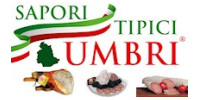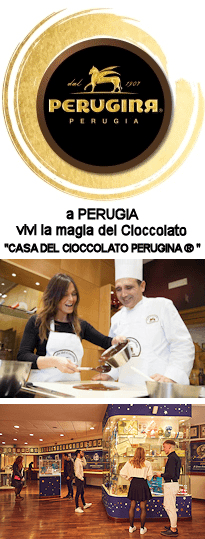
From restaurants to farmhouse residences, wine bars, local speciality festivals and more, visitors to Umbria have a broad range of tasty offers to take them to undiscovered corners of the region.
Visitors to Umbria throughout the year can enjoy countless fairs and festivals throughout the region:
just about every village or city runs some kind of festival devoted to its particular produce during the course of the year.
These include:
WINE AND FOOD
The most noteworthy characteristic of Umbrian cuisine is its simplicity. It relies strongly on seasonal produce such as mushrooms and wild asparagus, on wild delicacies such as truffles, on vegetables, cereals, regionally reared meat – particularly lamb, pork and game – either cooked over the fire or worked into
WINE AND FOOD
The mistaken belief that regional cooking in Italy as we see it today dates back to Antiquity is fairly widespread. The presence of what Braudel termed “intruders” from the New World among the ingredients of many regional Italian recipes in fact requires them to be dated much more recently, particularly if one considers that many
WINE AND FOOD
Umbria’s leading quality export is extra-virgin olive oil. The main production areas are in the foothills of the Apennines, the Colli Martani and the hills around Amelia, Lake Trasimene and Orvieto. All these areas are listed in the application made by the Regione Umbria for gaining the Denominazione di Origine Controllata DOC Umbria quality
WINE AND FOOD
Umbria is a region that has kept its ancient traditions alive, and this is clearly visible today in the quality of life of its inhabitants, the freshness of the produce available, the unspoilt nature and the magnificent cities steeped in art, history and culture.
When looking to understand Umbrian food and wine it is best
WINE AND FOOD
You should seriously consider a stop at one of the region’s wineries when planning your itinerary in Umbria.
Most wineries combine tastings with guided tours, particularly for groups.
All wine producers sell their products directly at their winery or through sales points in major cities and towns.
WINE AND FOOD
Considered among Italy’s most prized exports, Umbrian wines and the region’s vine-growing industry thrive on a combination of favourable factors such as the soil and the mild but continental climate.
As a way of helping wine tourists find their way through the enormous variety of labels on offer, the regional administration has instituted no less than four Wine
WINE AND FOOD
Anyone interested in tasting, buying or simply learning more about the many Umbrian wines on the market should call in at one of the region’s enoteche or wine bars.
A choice of some of the best known wine bars in the Province of Perugia:
WINE AND FOOD
Umbria’s unique landscape has made it an ideal vine-growing region since antiquity. Until recently the region has remained fairly isolated, thereby ensuring both that its centuries of tradition in this field remained intact and that the wine industry developed late compared with neighbouring Tuscany or Lazio.
Umbrian wines have now reached excellent standards in terms
WINE AND FOOD
Most wine producers either sell to clients directly at the winery or through their sales outlets in towns. Guided tours are also available, almost exclusively by appointment only.
Visitors therefore have the option of combining a tasting session with a guide tour of one of the region’s wineries,
WINE AND FOOD
Acting on Ministerial Decree no. 350 (concerning the list of Italy’s traditional food and farming produce, issued on September 8th 1999), on April 11th 2000 Umbria drew up a first list of such produce within its boundaries. The list includes all produce that “displays preparation, conservation and seasoning procedures consolidated through time according to local custom”.
WINE AND FOOD













